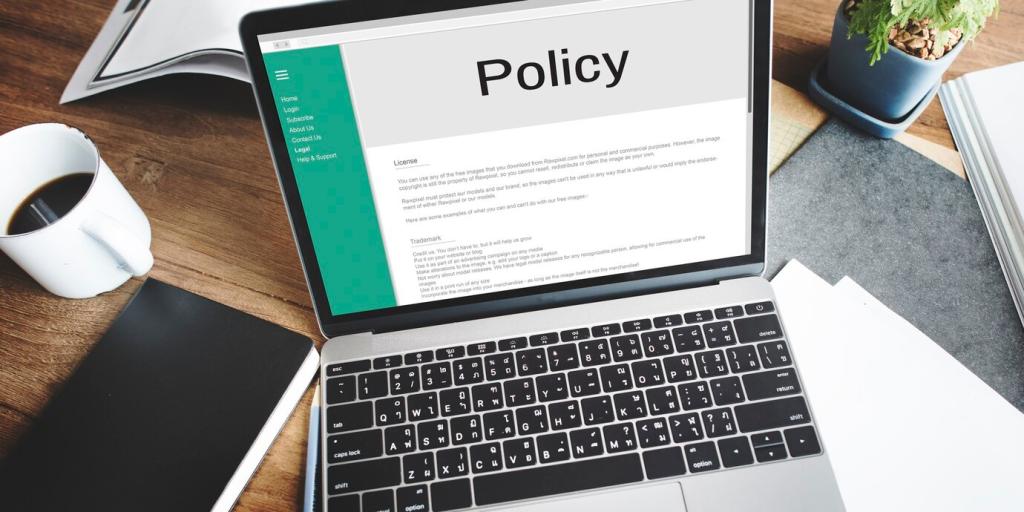
How to Comply with Indian Payroll Tax Requirements
Chosen theme: How to Comply with Indian Payroll Tax Requirements. Welcome to your practical, human-first home base for decoding payroll compliance in India with clear steps, real stories, and timely reminders that keep you confident, accurate, and audit-ready every month.
Understand the Indian Payroll Compliance Landscape
Payroll compliance in India typically spans TDS under the Income Tax Act, EPF under social security laws, ESI for medical insurance, and state levies like Professional Tax or Labour Welfare Fund. Each has separate registrations, returns, portals, penalties, and tight deadlines.
PAN, Aadhaar, bank details, and consent
Verify PAN to avoid higher TDS rates, collect Aadhaar only with clear purpose and consent, and confirm bank details for salary credits. A simple checklist shared with new joiners speeds up KYC, reduces errors, and prevents frustrating back-and-forth during payroll closure.
Key declarations: Form 12BB, HRA, and rent proofs
Ask employees to submit Form 12BB for deduction claims, rent receipts for HRA, and the landlord’s PAN if annual rent exceeds one lakh rupees. Explain acceptable proofs, timelines, and what happens if documents arrive late, so expectations stay transparent and fair.
Previous employment details: Form 12B continuity
For mid-year joiners, collect Form 12B to capture prior salary, TDS, perquisites, and exemptions. This prevents double benefits and ensures correct tax slabs. One Pune startup avoided a painful March catch-up simply by insisting on 12B during onboarding day one.
TDS on Salaries: Calculate, Deposit, and Report
Since the new regime is the default, obtain employee declarations early if they wish to opt for the old regime. Communicate differences in slabs, deductions, and exemptions. Lock choices at the start of the year to avoid mid-year confusion and messy reversals.
TDS on Salaries: Calculate, Deposit, and Report
Project annual taxable income, factor standard deduction, exemptions, perquisites valuation, and previous employer income, then spread TDS evenly. Adjust for bonuses, variable pay, and investment proofs as they arrive. Keep transparent working papers that any employee can understand in five minutes.
Social Security: EPF, ESI, and Other Statutory Contributions
EPF essentials and wage components
Understand EPF eligibility, wage definitions, and salary caps. Tag employees with UAN, map basic and dearness allowance correctly, and reconcile employer contributions monthly. A consistent structure avoids disputes over exclusions and ensures auditors can trace every number to your payroll register.

Perquisites, Exemptions, and Reimbursements
Clarify how HRA is computed and what proofs are acceptable, including rent receipts and landlord PAN where applicable. Encourage early submission and monthly rent acknowledgments. A Bengaluru team cut March stress by asking employees to upload rent files quarterly instead of year-end.

Year-End Close: Proofs, Reconciliations, and Form 16

Investment proof collection and verification
Run a phased collection plan for 80C, 80D, home loan interest, and donation receipts. Flag doubtful or incomplete proofs early and communicate outcomes clearly. Employees trust payroll teams that explain decisions calmly, show examples, and offer a fair window for corrections.

Quarterly return and annual certificate discipline
Reconcile TDS ledgers to challans, validate PANs, and match Form 24Q annexures to payroll registers. Download Justification Reports from TRACES if errors appear. Issue Form 16 on time and invite employees to review and ask questions rather than treating it like a one-way dispatch.

Communicate with empathy and clarity
Publish a year-end FAQ, host an open clinic, and share a simple explainer video for common queries. When people feel heard, they cooperate. That goodwill reduces escalations and keeps your compliance team energized during the busiest weeks of the financial year.
Maintain a clean payroll register, GL reconciliation, and challan mapping. Keep perquisite workings, regime declarations, and proof checklists version-controlled. If numbers trace cleanly from payslip to ledger to return, even tough audits turn into short, boring conversations.
Audits, Records, and Risk Management
Tools, Automation, and Sustainable Processes
Integrate HRIS, attendance, payroll, and accounting. Validate PANs automatically, flag regime selections, and lock policy rules in the system. The right stack reduces manual dependency and ensures consistent, repeatable calculations month after month, even when team members change.
Tools, Automation, and Sustainable Processes
Introduce maker-checker reviews, month-end cutoffs, and automated reminders for challans and returns. A strong control gate catches anomalies like zero-TDS high earners or negative arrears. Share red-flag dashboards weekly to keep leadership informed and help prevent unpleasant last-minute surprises.
Tools, Automation, and Sustainable Processes
If your footprint spans many states or you lack specialist bandwidth, a reliable payroll partner may reduce risk. If you retain payroll, invest in training and peer reviews. Either way, document responsibilities clearly so nothing important falls through the cracks.
Join the Conversation and Stay Updated
Get crisp alerts on rule changes impacting TDS, EPF, ESI, and Professional Tax. We translate jargon into action steps so you can adjust payroll settings immediately and explain changes to employees without scrambling at the last minute.

